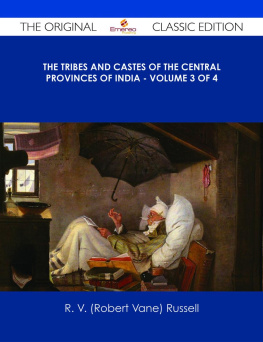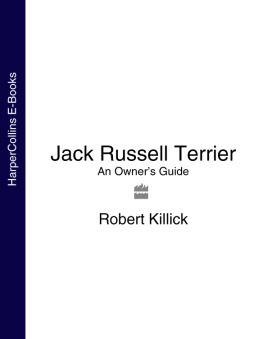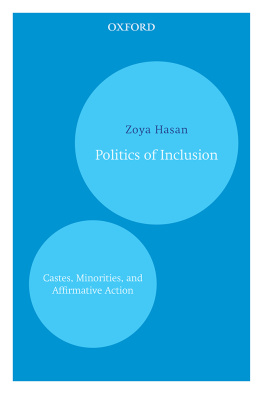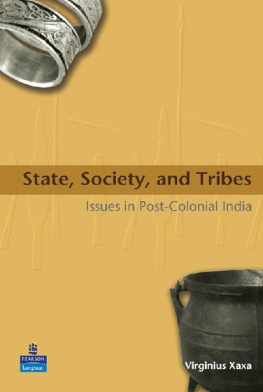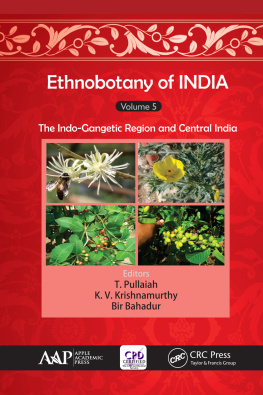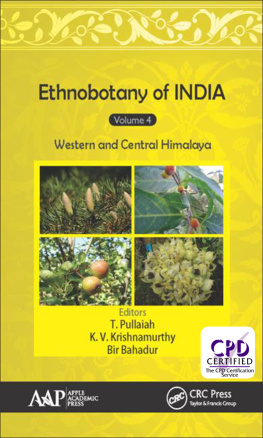The Tribes and Castes of the Central Provinces of India
By
R.V. Russell
Of the Indian Civil Service Superintendent of Ethnography, Central Provinces
Assisted by
Rai Bahadur Hira Ll
Extra Assistant Commissioner
Published Under the Orders of the Central Provinces Administration
In Four Volumes
Vol. IV.
Macmillan and Co., Limited St. Martins Street, London.
1916
Contents of Volume IV
Articles on Castes and Tribes of the Central Provinces in Alphabetical Order
The articles which are considered to be of most general interest are shown in capitals
- (Potter) 3
- (Cultivator) 16
- (Greengrocer) 50
- (Shepherd) 52
- (Cultivator) 55
- (Worker in lac) 104
- (Landowner and cultivator) 112
- (Blacksmith) 120
- (Growers of san-hemp) 126
- (Weaver and labourer) 129
- (Forest tribe) 146
- (Forest tribe) 149
- (Forest tribe) 153
- (Cotton-weaver and labourer) 156
- (Gardener and vegetable-grower) 159
- (Boatman and fisherman) 171
- (Forest tribe, cultivator) 172
- (Religious mendicant) 176
- (Labourer and village musician) 184
- (Criminal caste) 189
- (Pedlar) 193
- (Forest tribe) 195
- (Soldier, cultivator and service) 198
- (Sweeper and scavenge) 215
- (Tribe) 233
- (Non-Aryan tribe, cultivator) 235
- (Bard and genealogist) 242
- (Shoemaker) 244
- (Cultivator) 250
- (Digger and navvy) 252
- (Forest tribe) 257
- (Forest tribe) 259
- (Barber) 262
- (Boatman and fisherman) 283
- (Acrobat) 286
- (Salt-refiner; digger and navvy) 294
- (Augur and soothsayer) 296
- (Forest tribe) 299
- (Soldier, cultivator) 321
- (Labourer and village watchman) 324
- (Landowner and cultivator) 330
- (Minstrel and priest) 352
- (Hunter and fowler) 359
- (Forest tribe) 371
- (Toddy-drawer and labourer) 380
- (Maker of silk braid and thread) 385
- (Freebooter) 388
- (Writer and clerk) 399
- (Cultivator) 403
- (Agricultural labourer) 405
- (Soldier and landowner) 410
- Rjpt Clans
- (Forest tribe) 470
- (Village watchmen and labourers, formerly thieves) 472
- (Dyer) 477
- (Forest tribe and cultivators, formerly soldiers) 479
- (Criminal thieving caste) 483
- (Vagrant criminal tribe) 488
- (Mason and digger) 496
- (Forest tribe) 500
- (Gold-washer) 509
- (Cultivator) 514
- (Goldsmith and silversmith) 517
- (Liquor distiller) 534
- (Coppersmith) 536
- (Soldier and labourer) 539
- (Oilman) 542
- (Criminal community of murderers by strangulation) 558
- (Bamboo-worker) 588
- (Cultivator) 593
- (Village accountant, clerk and writer) 596
- (Religious mendicant) 603
- (Criminal thieving caste) 606
Illustrations in Volume IV
- 97. 4
- 98. 16
- 99. 40
- 100. 42
- 101. 46
- 102. 48
- 103. 60
- 104. 84
- 105. 86
- 106. 88
- 107. 90
- 108. 92
- 109. Coloured Plate: 106
- 110. 142
- 111. 144
- 112. 166
- 113. 170
- 114. 186
- 115. 200
- 116. 248
- 117. 256
- 118. 272
- 119. 292
- 120. 340
- 121. 352
- 122. 400
- 123. 402
- 124. 524
- 125. 544
- 126. 574
- 127. 604
Pronunciation
| a, has the sound of | u in but or murmur. |
| has the sound of | a in bath or tar. |
| e has the sound of | in cart or ai in maid. |
| i has the sound of | i in bit, or (as a final letter) of y in sulky. |
| has the sound of | ee in beet. |
| o has the sound of | o in bore or bowl. |
| u has the sound of | u in put or bull. |
| has the sound of | oo in poor or boot |
The plural of caste names and a few common Hindustni words is formed by adding s in the English manner according to ordinary usage, though this is not, of course, the Hindustni plural.
Note .The rupee contains 16 annas, and an anna is of the same value as a penny. A pice is a quarter of an anna, or a farthing. Rs. 18 signifies one rupee and eight annas. A lakh is a hundred thousand, and a krore ten million.
Part II
Articles on Castes and Tribes
KumhrYemkala
Vol. IV
Kumhr
List of Paragraphs
1. Traditions of origin
Kumhr, Kumbhr.The caste of potters, the name being derived from the Sanskrit kumbh, a water-pot. The Kumhrs numbered nearly 120,000 persons in the Central Provinces in 1911 and were most numerous in the northern and eastern or Hindustni-speaking Districts, where earthen vessels have a greater vogue than in the south. The caste is of course an ancient one, vessels of earthenware having probably been in use at a very early period, and the old Hindu scriptures consequently give various accounts of its origin from mixed marriages between the four classical castes. Concerning the traditional parentage of the caste, Sir H. Risley writes, assembled at Kails (Heaven). Then a question arose as to who should furnish the vessels required for the ceremony, and one Kullaka, a Brhman, was ordered to make them. Then Kullaka stood before the assembly with folded hands, and prayed that materials might be given to him for making the pots. So Vishnu gave his Sudarsana (discus) to be used as a wheel, and the mountain of Mandra was fixed as a pivot beneath it to hold it up. The scraper was Adi Krma the tortoise, and a rain-cloud was used for the water-tub. So Kullaka made the pots and gave them to Maheshwar for his marriage, and ever since his descendants have been known as Kumbhakr or maker of water-jars.
Potter and his wheel
Potter and his wheel
2. Caste sub-divisions
The Kumhrs have a number of subcastes, many of which, as might be expected, are of the territorial type and indicate the different localities from which they migrated to the Central Provinces. Such are the Mlwi from Mlwa, the Telenga from the Telugu country in Hyderbd, the Pardeshi from northern India and the Martha from the Martha Districts. Other divisions are the Lingyats who belong to the sect of this name, the Gadhewl or Gadhere who make tiles and carry them about on donkeys (gadha), the Bardia who use bullocks for transport and the Sungaria who keep pigs (suar

